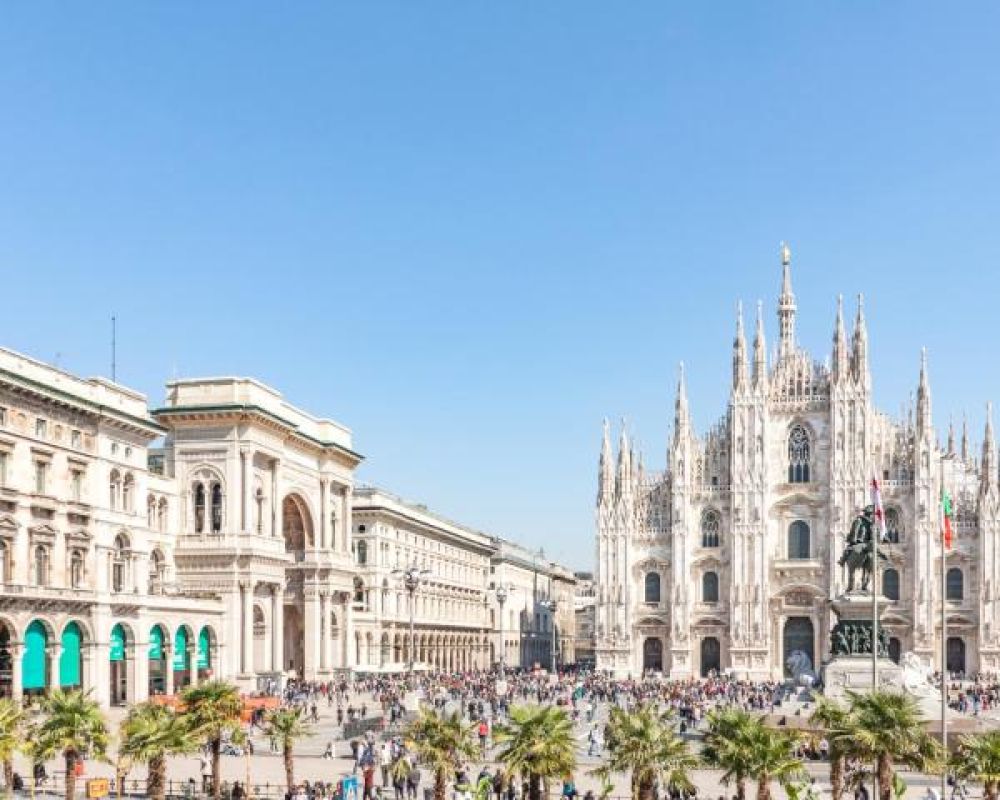

Milan, the capital of Lombardy, has a rich history that contributes to its status as a world-renowned tourist destination. Its origins date back to 600 BC when Celtic Insubres occupied the area. The city was later conquered by the Romans, becoming an important center of the Western Roman Empire.
During the Middle Ages, Milan flourished as a center of trade. The construction of the iconic Duomo di Milano began in the 14th century; it would become a symbol of the city and a major draw for visitors for centuries to come. The Renaissance period brought with it an explosion of artistic and architectural innovation, much of which, including the works of Leonardo da Vinci, remain major attractions.
In the 19th and 20th centuries, Milan solidified its position as an industrial powerhouse, which in turn, encouraged the growth of infrastructure that benefited tourism. This period saw improved roadways, and later, the expansion of air and rail networks making the city more accessible to international visitors. The inauguration of Malpensa Airport in 1948 was particularly pivotal in catalyzing the growth of Milan's international tourism sector.
The newest chapter in Milan's tourism history was marked by Expo 2015, a World Exposition hosted by Milan. The event, themed “Feeding the Planet, Energy for Life,” brought over 21 million visitors to the city, showcasing Milan's cultural significance and technological innovation. This event also spurred a series of urban redevelopment projects, solidifying Milan's status as a vibrant, modern urban destination. Beyond the Expo, Milan's fashion and design scenes continue to attract visitors worldwide, with events like Milan Fashion Week and the Milan Furniture Fair occurring annually.
Nowadays, tourists are looking for a more authentic experience that goes beyond the traditional sightseeing. Emerging trends include the growing popularity of food tourism, with visitors looking to taste authentic Milanese and Italian cuisine; and experiential stays, where accommodation options provide unique amenities or design quirks that reflect the city's fashion and design ethos. Sustainability is also a key trend, with tourists increasingly seeking out eco-friendly travel options, and Milan has been developing more sustainable tourism practices and infrastructure.